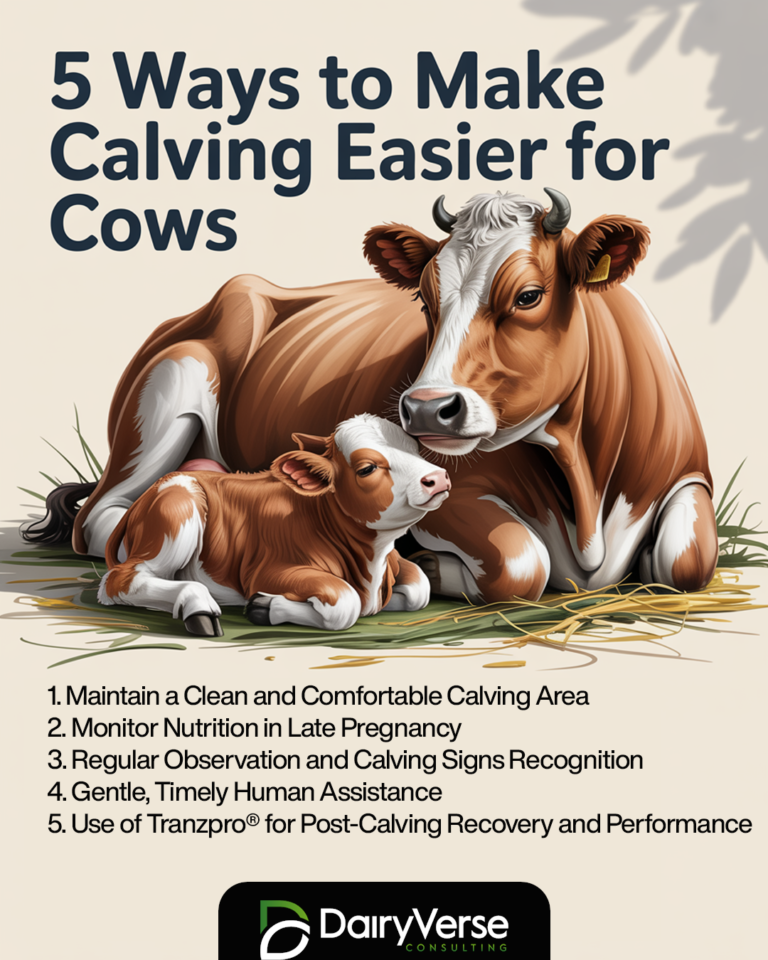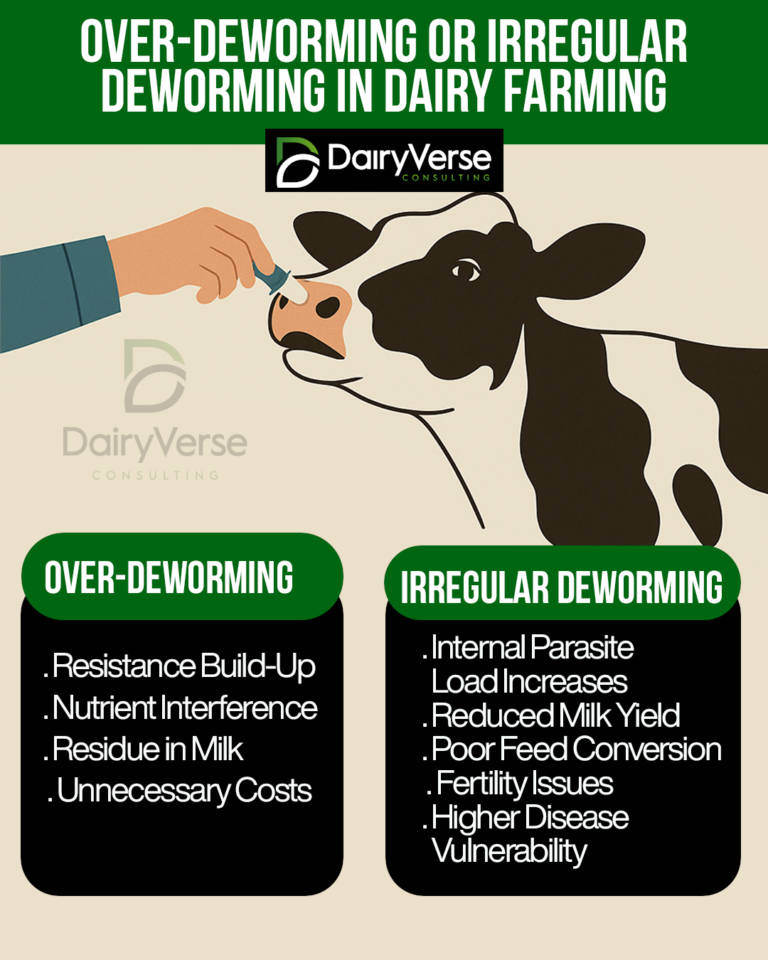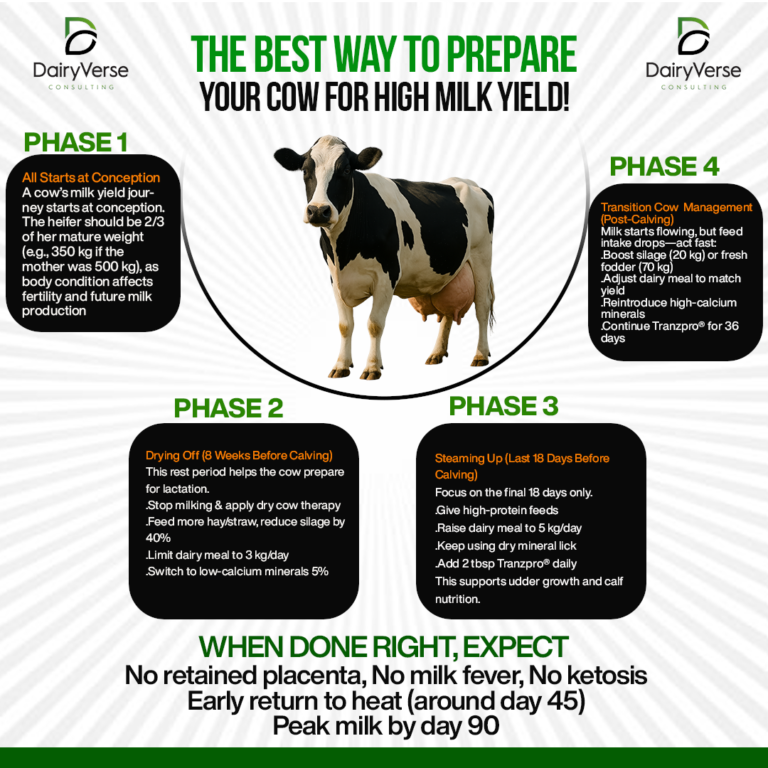5 practical ways to make calving easier for cows
Ensure the cow is in a clean, dry, and quiet space with enough room to lie down and move. This reduces stress and prevents infections for both the cow and the calf.
No products in the cart.

Ensure the cow is in a clean, dry, and quiet space with enough room to lie down and move. This reduces stress and prevents infections for both the cow and the calf.

Oats (Avena sativa), commonly referred to simply as oat, is a popular forage crop in dairy farming. Its versatility in being fed fresh, as hay, as silage, or even as grain makes it a valuable option for dairy farmers.

Choosing the right beef breed is one of the most important steps when starting or growing your beef cattle farm. Your choice affects meat quality, growth rates, market value, and even how well your animals handle your farm’s environment.

In dairy farming, feed is everything. It’s the fuel behind milk production, animal health, fertility, and even farm profitability.

In dairy farming, animal health equals milk productivity. One of the most overlooked pillars of maintaining herd health is a proper deworming routine.

For any dairy farmer, low milk yield is the most dreaded reality. Yet, it’s widespread across Kenya, where the average daily milk yield for top breeds like Friesians and Ayrshires is only 7.8 litres per cow. The big culprit? High feed costs.

Crossbreeding is the mating of two animals from different breeds. The goal is to combine the strengths of each breed, such as better milk yield, disease resistance, meat quality, or adaptability to climate, into a new animal that carries the best traits of all.

Feeding a calf properly from birth lays the foundation for a productive, healthy dairy cow. The right nutrition at every stage ensures high milk yield, early maturity, and reduced health risks such as delayed or silent heat.

Udder edema is a common condition in dairy cows, particularly around the time of calving. It is characterized by abnormal swelling of the udder and lower abdomen due to the accumulation of fluids in the tissues.

In veterinary practice, especially in ruminant health management, recognizing the visual signs of abdominal distension is crucial. Two common conditions that present with abdominal bloating in cattle are Tympany (bloat) and Vagal Indigestion